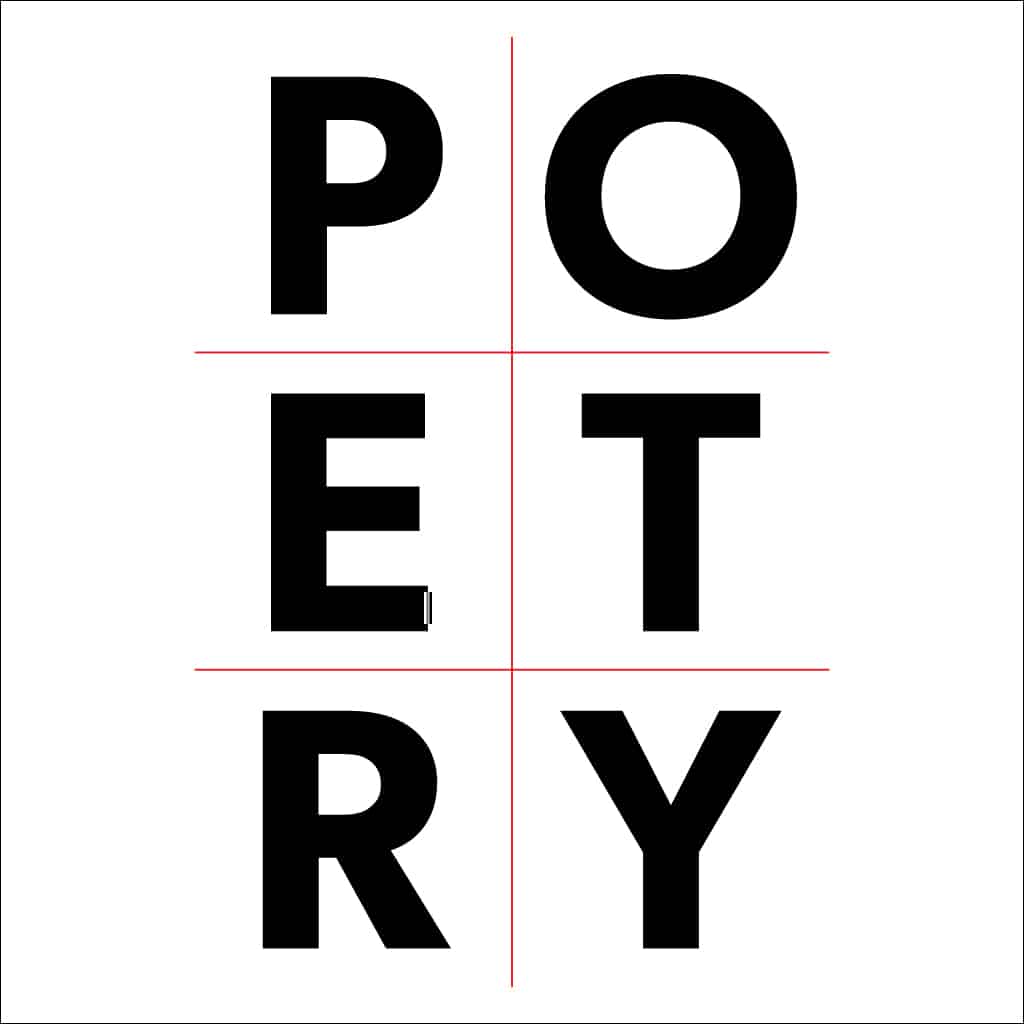
Writing poetry is a great way to express yourself through language, imagery and emotion. While there are many different forms of poetry, each with its own unique rules and guidelines, there are also common principles that all poets should learn to write compelling poetry. This article will provide readers with step-by-step instructions on how to write poetry, and poetry can be taught. It will explore the different types of poetic forms, rhymes, literary devices and more. Readers will also find tips and tools to put their ideas into words, creating something that speaks directly to the reader. So whether you’re looking for ways to make your work stand out or need advice on how to get started, this guide will help you create something beautiful.
What is Poetry?
Poetry is the art of expressing an idea or emotion through words. It’s a highly personal form of writing. Some poets find inspiration in their own experiences while others use an imaginative tale to express their thoughts. There are various types of poetry, from the traditional rhyming forms of sonnets and villanelles to more modern versions such as free verse.
Types of Poems
The most common types of poetry are ballads, haikus, sonnets, villanelles, and lyric poetry. Ballads are stories set to song and often recount tragic events, while haikus are brief, focused on nature, and written in one line with the syllable pattern 5-7-5. Sonnets are usually written in iambic pentameter, featuring fourteen lines and a rhyme scheme. Villanelles are composed of five stanzas with a rhyming pattern and a repeating refrain. Finally, lyric poetry combines traditional and free verse elements to create shorter poems that evoke emotion.
How to Write Poetry: Basic Steps and Tips
Writing poetry can be both a creative and challenging experience. It’s not the same as writing prose. Whether you are writing for a grade, for fun, or publication, it helps to have some step-by-step guidance on how to write a good poem. Here are some tips to get you going.
Brainstorming Ideas for Your Poem
Before you begin writing your poem, it’s important to brainstorm ideas and topics that interest you. Think of topics such as love, friendship, nature, or war and write down whatever comes to mind. This will help to get your creative juices flowing and provide an initial idea of what your poem will be about.
Choosing the Right Form or Structure for Your Piece
Once you have come up with a topic and some general ideas, it’s time to decide what form or structure your poem will take. Different forms of poetry require specific components; for example, a sonnet requires 14 lines and a particular rhyme scheme. If you’re looking for a more uncomplicated structure, you can opt for free verse, which allows the poet to be more creative and less restricted by traditional rules.
Crafting Rhyme, Meter, and Other Literary Devices into Your Work
Once you’ve chosen the structure or form of your poem, you can begin crafting it by adding elements such as rhyme and meter. To do this, look for words that sound the same or have similar endings, and use those in a pattern to create the desired effect. You can also use other literary devices, such as similes or metaphors, to bring your poem to life.
Writing Free Verse: Rules & Techniques
Free verse offers an alternative if you’re looking for a more relaxed approach to writing poetry. As the name suggests, free verse does not require any specific structure and gives writers more freedom to express themselves. Here are some tips for writing free verse.
Understanding the Basics of Free Verse
Before you begin writing free verse poetry, it’s essential to understand the basics. Free verse poems have no set meter or rhythm but usually incorporate alliteration, assonance, and consonance. They also typically do not rhyme and may break traditional grammar rules.
Using Language Creatively in Free Verse
Once you’ve got a handle on writing free verse, you can use language more creatively. Stretch your vocabulary as far as it will go; use words that might seem strange or uncomfortable to express yourself. Experiment with sentence structure and diction to convey specific emotions or images.
Imagery in Poetry: Examples & Explanations
Imagery is an essential element of poetry since it allows writers to bring their words to life for their readers. Here are some types of imagery used by poets and a few examples of how they can be used.
Different Kinds of Imagery Used in Poetry
Writers use imagery to help readers see, hear, smell, taste, and feel what is happening in the poem. There are various kinds of imagery used in poetry, including visual imagery, auditory imagery, olfactory imagery, gustatory imagery, tactile imagery, and kinesthetic imagery. Visual imagery describes something that the eye can see. Auditory imagery describes something that we can hear. Olfactory imagery describes smells. Gustatory imagery describes tastes. Tactile imagery describes touch. And kinesthetic imagery describes movement.
Creating Visual Images with Words
When creating visual images with words in your poem, use descriptive words to help your readers paint a picture in their minds. Employ vivid adjectives and adverbs to give your readers a detailed image of what is happening in the poem. You should also be mindful of how each word affects the mood or tone of the poem and consider how this changes how readers interpret your work.
Final Thoughts on How to Write Poetry
Writing a great poem takes practice and dedication. Aspiring poets can find inspiration from established poets and explore different poetic forms to get better at writing poetry. Also, consider taking classes or workshops to improve specific aspects of your craft, such as writing free verse or mastering literary devices. No matter how you go about it, the key to becoming a great poet is to keep writing and never give up.
